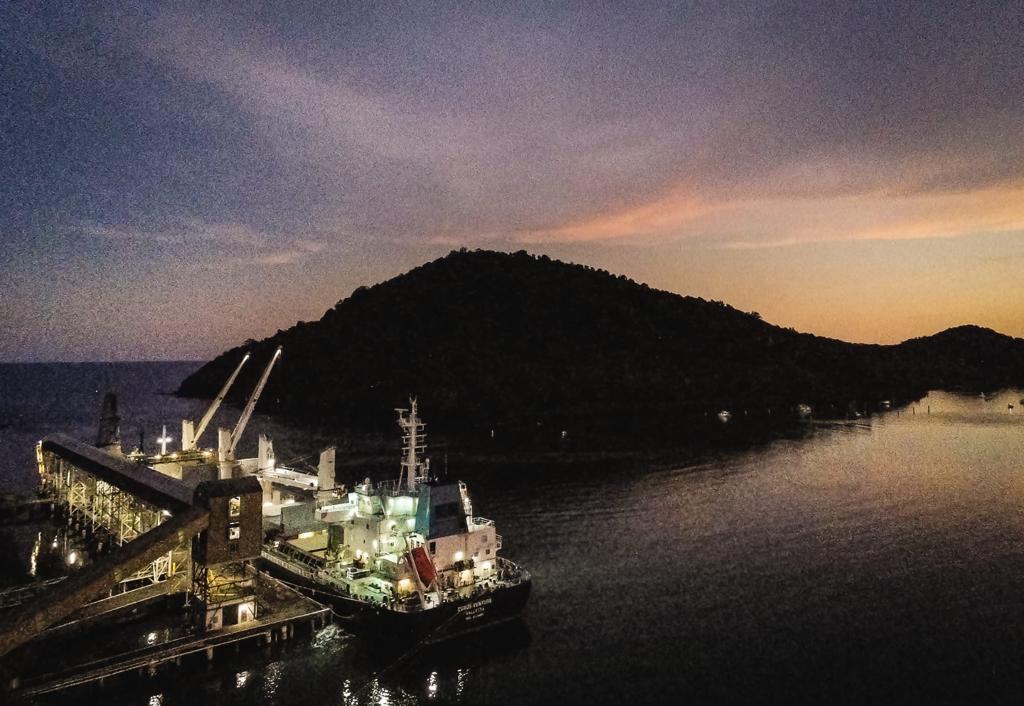
Raw sugar saw a surge in value in late 2022 with the prompt Mar-23 futures contract trading to a high of 21.18 cents per pound in December. This was the highest value in over 5 years. The sharp rally was driven by uncertainty surrounding world sugar supply as the 2022 Brazilian crop came to a wet end in December and the Thai and Indian harvests commenced in October/November.
At the time of the height of the rally in December the Thai crop had been delayed several weeks due to very wet conditions and early reports from India were that Maharashtra, India’s largest sugar producing state, was seeing yields 15% below the previous season and up to 30% below in some isolated pockets. This was due to a very hot and dry growing season followed by excessive rainfall in the months prior to harvest.
Given this negative news funds and speculators were keen to buy sugar in December and subsequently pushed the price to a multi-year high. The bullishness for raw sugar hasn’t carried into the new year with the prompt contract having now lost 7.3% since the December peak to currently sit at 19.65 c/lb.
Sentiment seems to have shifted quickly regarding the global sugar supply outlook. The Thai and Indian harvests are now progressing favourably and continued wet weather in Brazil bodes well for their next crop which will commence in April, or even sooner, according to some commentators.
Brazil
Crushing in Centre-South Brazil largely concluded in December. UNICA’s most recent crushing update to 1/1/2023 shows total cane processed for the season at 542 million (mln) tonnes compared to 522mln in 2021. Brazilian millers have turned 46% of sugarcane to sugar production this season with the bulk used for ethanol. Most analysts see Brazil’s next crop, commencing April, as significantly larger again, perhaps 560mln+, given a return to favourable weather conditions and increased rates of sugarcane planting.
Oil prices will remain an important factor moving forward as Brazilian politicians grapple with reinstating unpopular gasoline taxes which were cut last year to reduce fuel costs, and how to increase fuel production in Brazil which remains a net importer of fuels.
The obvious solution would appear to be expanded ethanol production however the consumption of ethanol by Brazilian motorists depends on the cost of gasoline and the world value of oil. The price of Brent crude peaked at USD 139/b in March 2022 compared to USD 83/b currently. Oil prices have been volatile so far in 2023 as investors weigh global supply and demand against a backdrop of possible recession across several large oil using nations.
India
Sugar exporters have almost exhausted the 6 million metric tonnes export quota allocated by the Indian Government for the current sugar season (October 2022-September 2023), striking to sell nearly 5.5 mln mt by December 31. All of this sold sugar is expected to be shipped by end of March. Naturally the Indian sugar industry is calling on Government to speed up approval of further export quota of 3-4 mln mt. This approval seems a matter of time since Indian sugar production is running higher this year compared to previous season.
As at 31/12, 509 mills were operating in India and 12.07mln mt of sugar had been produced. This is 0.43mln mt tonnes higher than to the same date in 2021 when 500 mills were operational and excludes sugar that has been diverted for ethanol production. As noted earlier, yields are reportedly lower across the 1st and 3rd largest sugar producing states of Maharashtra and Karnataka. Whilst this would generally point to lower total sugar output for India overall, this is not expected to be the case since the area under cane across the nation has expanded from previous season. Total sugar production is forecast at 36-37 mln mt for the current season, slightly higher than last year.
Thailand
All 57 mills were finally underway by 4th of Jan. Wet weather had delayed operations in some areas. Despite this the harvest is progressing favourably. Cane processed had reached 26.3mln tonnes to the 10/1 which is 4% higher YoY. Sugar content is currently running at record highs across the country. Expectations are for total cane production of between 105-108 million tonnes compared to 92mln in 2022 and 65mln in 2021. Forecast total sugar production is seen at 12mln mt which would be up 1.9mln mt from last season.
Central America
Central American countries commence harvest in line with India and Thailand around November. Mexico generally harvests around 780,000 hectares of cane per annum at an average of 68t per ha for total cane around 53mt. The current crop is tracking below this with only 9mln tonnes of cane harvested to 31/12, 14% lower than the previous season to the same date. CCS and yields are also tracking below average which is raising some concerns for output. It’s expected Mexico will focus on its exports to the USA this season with little surplus expected to remain for other destinations it usually supplies.
In contrast, Guatemala had harvested 6.5mln tonnes of it’s forecast 26 mln tonne cane crop by Christmas and is largely travelling in line with previous seasons in terms of yields and CCS. Guatemala generally exports 1.4 – 2.0 mln mt of raw and white sugar annually to USA, Chile, Mauritania, Taiwan, China and Ivory Coast amongst others.
On the demand side Indonesia had imported a record amount of sugar to the end of November 2022. From Jan-Nov 2022 Indonesia imported 5.695 mln mt of sugar which is 4.9% higher than for the whole of 2021 year. The previous record year for imports was 2020 with 5.54 mln mt.
Indonesia remains the world’s largest importer ahead of China which had imported 4.76 mln mt from Jan-Nov 2022.
